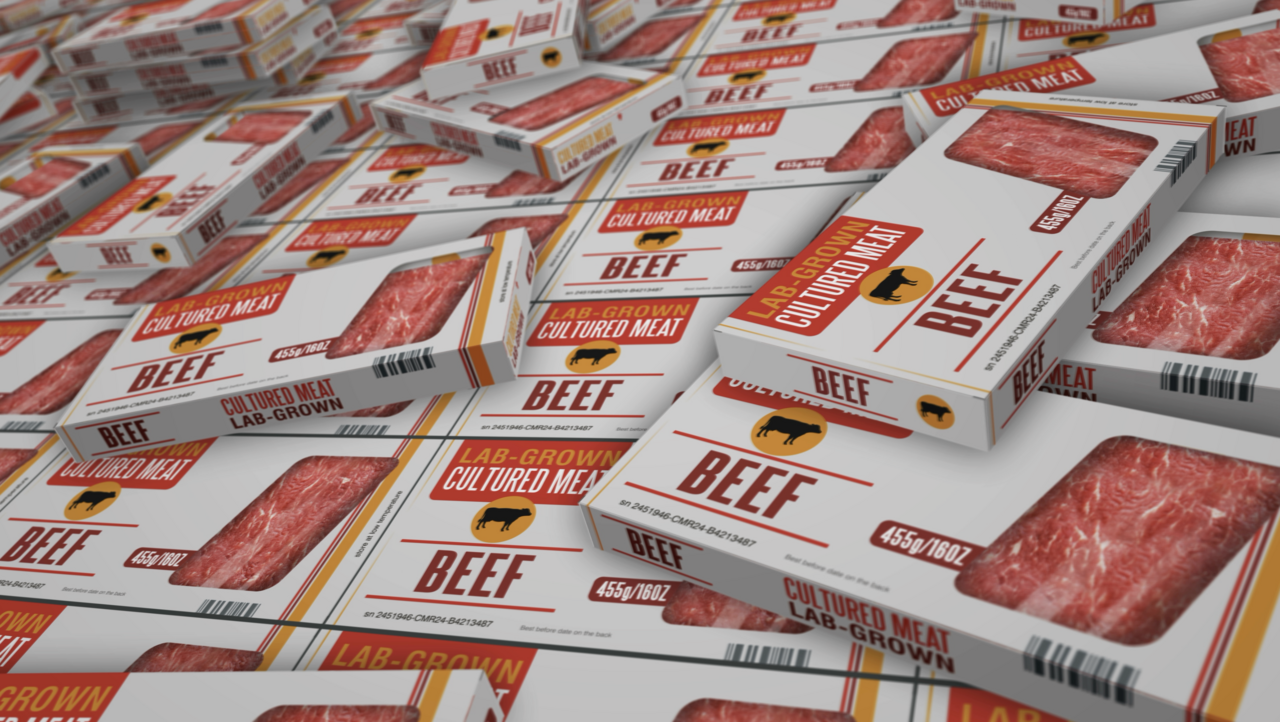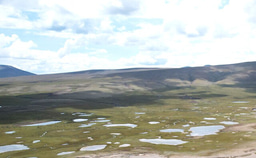Intellectual Property and the Future of Cultivated Meat
Published in Bioengineering & Biotechnology, Microbiology, and Agricultural & Food Science

When people think of cultivated meat, the first questions that come to mind are usually about safety and taste. Will it be safe to eat? Will it taste like traditional meat? These are important questions, but as I have learned through my work across Asia, another less obvious issue could shape the industry just as profoundly: intellectual property rights over animal genetic resources (AnGR).
Why I turned to intellectual property
Over the past several years, I have had the opportunity to interact closely with regulators and companies working on cultivated meat in Korea, Japan, Singapore, and China. In Korea, my lab and I have supported local startups in navigating the early stages of regulatory and technical challenges. Through this work, I realized that while safety assessments and production technologies were advancing quickly, the legal foundations around cell sourcing remained unclear.
The core of cultivated meat production is the cell line—a population of animal cells that can multiply indefinitely and be coaxed into forming muscle and fat. But these cell lines do not come out of thin air. They are derived from animals, often from specific breeds that have been selected and maintained by farmers and breeders for generations. The question that troubled me was simple but fundamental: who owns the rights to these animal genetic resources once they are used to establish cell lines for food production?
If intellectual property disputes arise after a product has already reached the market, they could stall innovation and even threaten the survival of small startups. That concern led us to take a closer look at the intersection of AnGR, intellectual property, and cultivated meat.
Lessons from plants—and the gap in animals
In the plant world, the concept of breeders’ rights is well established. Farmers and companies can register new plant varieties, protect them legally, and license them for use. But for animals, the story is different. There is no widely adopted international system to protect animal breeds in the same way. Some countries have created unique systems for animal breeds, but globally, there is no consistency.
This means that the ownership of animal genetic resources sits in a gray area. On one hand, farmers and breeding companies invest tremendous effort in maintaining valuable breeds. On the other hand, cultivated meat companies may assume that using a small tissue sample to establish a cell line is free of obligations. This legal uncertainty is particularly concerning for startups, which may lack the resources to defend themselves in a dispute.
The international dimension
Beyond private breeders, international law adds another layer of complexity. The Convention on Biological Diversity (CBD) and its supplementary Nagoya Protocol require that countries and communities providing genetic resources must give prior informed consent and receive a fair share of the benefits. This was designed to prevent situations where corporations extract valuable genetic material from the Global South without acknowledgment or compensation.
For cultivated meat, this means that even academic researchers developing cell lines must consider whether their source animals fall under CBD and Nagoya Protocol obligations. What began as a scientific experiment can quickly enter the realm of international law and politics.
What the patent landscape tells us
To better understand how companies are protecting their innovations, our team examined the patent filings of ten leading cultivated meat companies across the US, Europe, and Asia. Unsurprisingly, most patents cluster around cell line development, culture media, scaffolds, and production systems. These are the areas where competitive advantage is strongest, and companies are eager to secure their positions.
Yet patents are only part of the story. They protect innovations built on top of cell lines, but the underlying question—who has rights to the animal genetic resources themselves—remains unsettled. Without clarity, we risk building a high-tech industry on shaky legal ground.
Why this matters for the future
Cultivated meat is more than a scientific achievement; it is a global endeavor that cuts across biotechnology, agriculture, ethics, and law. If we fail to address the intellectual property challenges now, they could become roadblocks later, slowing the industry just when society needs sustainable protein solutions most urgently.
For startups, this is particularly critical. A single dispute over cell line ownership could derail years of work. For regulators, providing clear guidance will help foster innovation while respecting the rights of breeders and countries of origin. For the international community, cultivated meat is a test case for whether we can balance technological progress with fair and equitable benefit-sharing.
Looking ahead
My hope is that this work will encourage deeper dialogue between scientists, policymakers, and breeders. Cultivated meat cannot advance in isolation; it will require collaboration across borders and sectors. Regulatory science can provide the bridge, aligning innovation with legal and ethical frameworks.
As researchers, we often focus on the technical hurdles in front of us. But sometimes the greatest challenges lie in the background—issues of ownership, access, and rights. By confronting these now, we can help ensure that cultivated meat grows on a foundation that is not only scientifically sound but also socially and legally sustainable.
Yooheon Park, Dongguk University
Follow the Topic
-
Nature Biotechnology

A monthly journal covering the science and business of biotechnology, with new concepts in technology/methodology of relevance to the biological, biomedical, agricultural and environmental sciences.




Please sign in or register for FREE
If you are a registered user on Research Communities by Springer Nature, please sign in
Thought‑provoking analysis. While public debates on cultivated meat focus on safety and taste, your piece surfaces a critical blind spot: IP over animal genetic resources and cell‑line provenance. The contrast with plant breeders’ rights and the reminder about CBD/Nagoya (PIC/benefit‑sharing) are especially timely. Clear guidance on provenance and fair access could de‑risk startups and accelerate responsible scale‑up. Thank you for advancing a more legally durable and equitable path for the field.
As a PhD student and Venture Capitalist, I truly admire this thoughtful work.
By raising the issue of AnGR ownership, IP rights, and benefit-sharing, you shed light on a foundation that is often overlooked in cultivated meat.
Your perspective helps both researchers and startups better understand the regulatory challenges ahead.
Very thoughtful piece! It’s great to see the legal and ethical dimensions of cultivated meat being highlighted.
Interesting analysis;
I think it is worth mentioning that the breeds currently used as livestock, have been selected for specific characteristics (i.e. capacity to grow fast and build up biomass in little time and efficiently compared to the food intake); are no longer necessary in the case of cultivated meat. The cell line to lab-growing meat could come whatever animal, e.g. wild breeds.